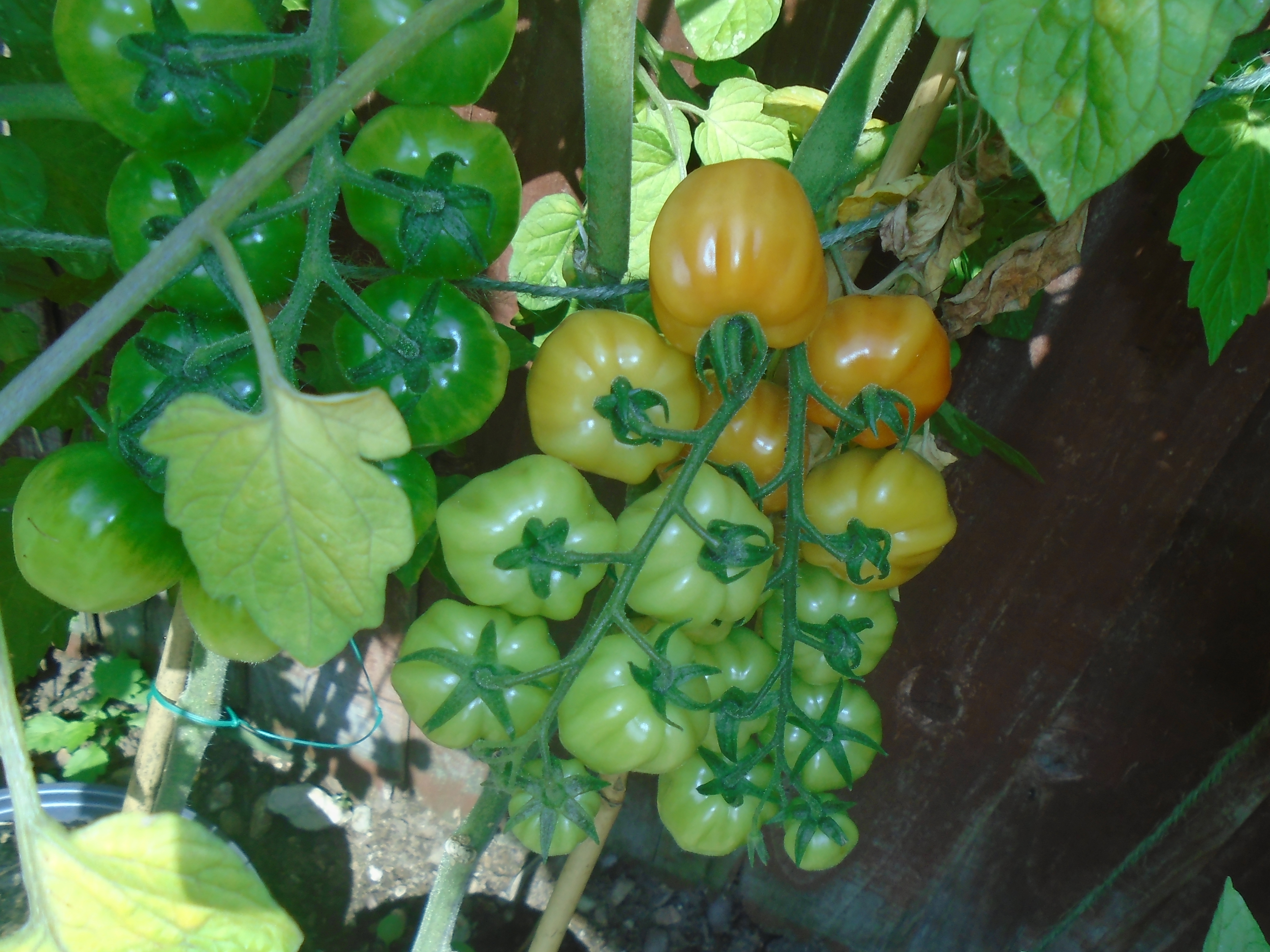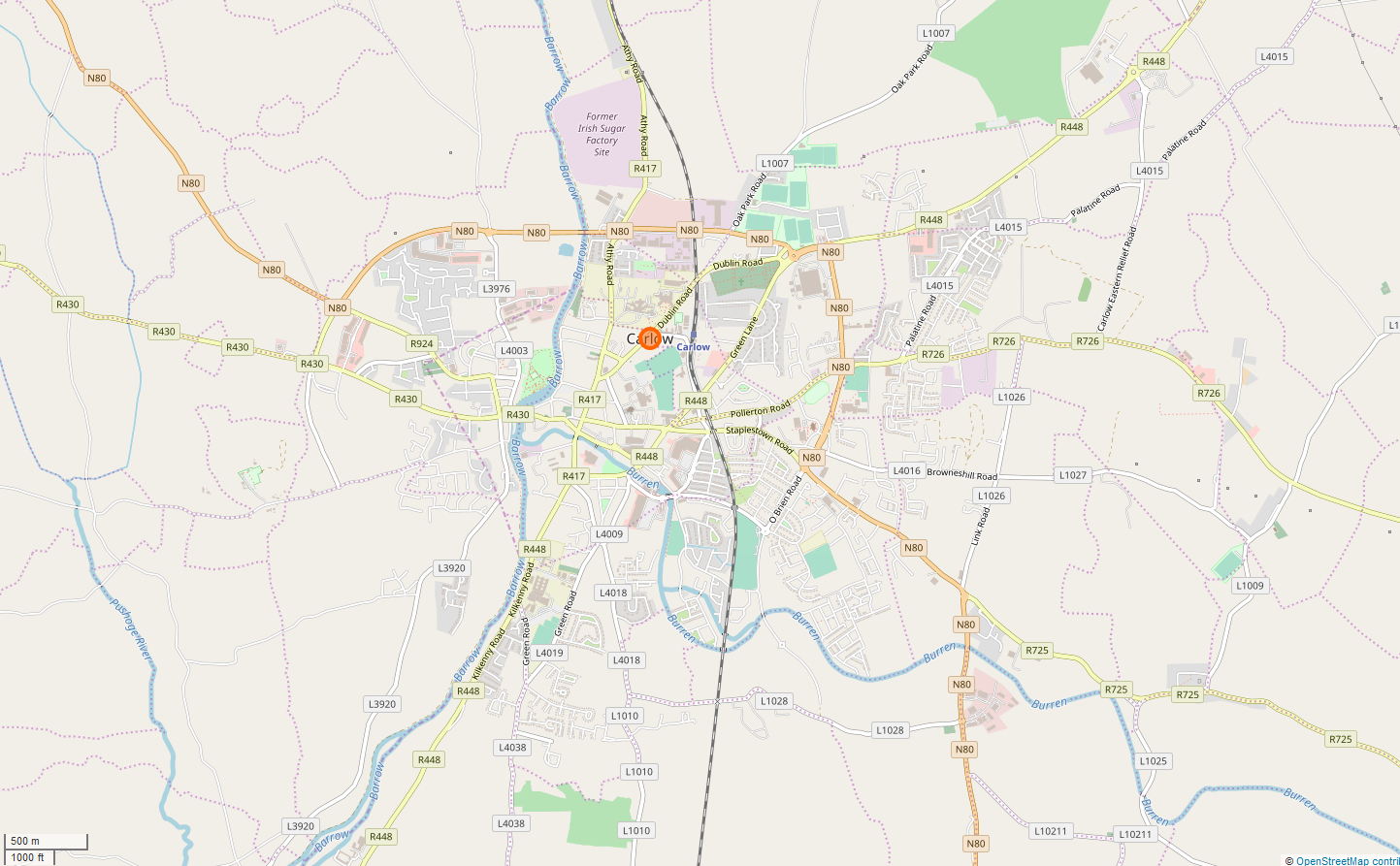|
Rooster (potato)
Rooster is a red-skinned, yellow-fleshed cultivar of potato, duller in colour than the ' Désirée', with floury yellow flesh. It is uniformly roundish in shape with shallow eyes making it easy to peel. It is a general-purpose potato. It can be boiled, mashed, chipped, roasted, steamed and baked. It was originally bred in 1990 at the Teagasc Oak Park Research Centre in Carlow Carlow ( ; ) is the county town of County Carlow, in the south-east of Republic of Ireland, Ireland, from Dublin. At the 2022 census of Ireland, 2022 census, it had a population of 27,351, the List of urban areas in the Republic of Ireland, ..., Ireland, by Harry Kehoe. In 2004, 'Rooster' potatoes accounted for 38% of the total potato production in the Republic of Ireland. References Potato cultivars {{potato-stub ... [...More Info...] [...Related Items...] OR: [Wikipedia] [Google] [Baidu] |
Potato
The potato () is a starchy tuberous vegetable native to the Americas that is consumed as a staple food in many parts of the world. Potatoes are underground stem tubers of the plant ''Solanum tuberosum'', a perennial in the nightshade family Solanaceae. Wild potato species can be found from the southern United States to southern Chile. Genetic studies show that the cultivated potato has a single origin, in the area of present-day southern Peru and extreme northwestern Bolivia. Potatoes were domesticated there about 7,000–10,000 years ago from a species in the '' S. brevicaule'' complex. Many varieties of the potato are cultivated in the Andes region of South America, where the species is indigenous. The Spanish introduced potatoes to Europe in the second half of the 16th century from the Americas. They are a staple food in many parts of the world and an integral part of much of the world's food supply. Following millennia of selective breeding, there are now over 5 ... [...More Info...] [...Related Items...] OR: [Wikipedia] [Google] [Baidu] |
Solanum
''Solanum'' is a large and diverse genus of flowering plants, which include three food crops of high economic importance: the potato, the tomato and the eggplant (aubergine, brinjal). It is the largest genus in the nightshade family Solanaceae, comprising around 1,500 species. It also contains the so-called horse nettles (unrelated to the genus of true nettles, ''Urtica''), as well as numerous plants cultivated for their ornamental flowers and fruit. ''Solanum'' species show a wide range of growth habits, such as annuals and perennials, vines, subshrubs, shrubs, and small trees. Many formerly independent genera like '' Lycopersicon'' (the tomatoes) and '' Cyphomandra'' are now included in ''Solanum'' as subgenera or sections. Thus, the genus today contains roughly 1,500–2,000 species. Name The generic name was first used by Pliny the Elder (AD 23–79) for a plant also known as , most likely ''S. nigrum''. Its derivation is uncertain, possibly stemming from the Latin ... [...More Info...] [...Related Items...] OR: [Wikipedia] [Google] [Baidu] |
Carlow
Carlow ( ; ) is the county town of County Carlow, in the south-east of Republic of Ireland, Ireland, from Dublin. At the 2022 census of Ireland, 2022 census, it had a population of 27,351, the List of urban areas in the Republic of Ireland, twelfth-largest urban center in Ireland. The River Barrow flows through the town and forms the historic boundary between counties County Laois, Laois and Carlow. However, the Local Government (Ireland) Act 1898 included the town entirely in County Carlow. The settlement of Carlow is thousands of years old and pre-dates written Irish history. The town has played a major role in Irish history, serving as the capital of the country in the 14th century. The town is in a townland and Civil parishes in Ireland, civil parish of the same name. Etymology The name is an anglicisation of the Irish language, Irish ''Ceatharlach''. Historically, it was anglicised as ''Caherlagh'', ''Caterlagh'' and ''Catherlagh'', which are closer to the Irish spell ... [...More Info...] [...Related Items...] OR: [Wikipedia] [Google] [Baidu] |
Cultivar
A cultivar is a kind of Horticulture, cultivated plant that people have selected for desired phenotypic trait, traits and which retains those traits when Plant propagation, propagated. Methods used to propagate cultivars include division, root and stem cuttings, offsets, grafting, micropropagation, tissue culture, or carefully controlled seed production. Most cultivars arise from deliberate human genetic engineering, manipulation, but some originate from wild plants that have distinctive characteristics. Cultivar names are chosen according to rules of the International Code of Nomenclature for Cultivated Plants (ICNCP), and not all cultivated plants qualify as cultivars. Horticulturists generally believe the word ''cultivar''''Cultivar'' () has two meanings, as explained in ''#Formal definition, Formal definition'': it is a classification category and a taxonomic unit within the category. When referring to a taxon, the word does not apply to an individual plant but to all plants t ... [...More Info...] [...Related Items...] OR: [Wikipedia] [Google] [Baidu] |
Potato
The potato () is a starchy tuberous vegetable native to the Americas that is consumed as a staple food in many parts of the world. Potatoes are underground stem tubers of the plant ''Solanum tuberosum'', a perennial in the nightshade family Solanaceae. Wild potato species can be found from the southern United States to southern Chile. Genetic studies show that the cultivated potato has a single origin, in the area of present-day southern Peru and extreme northwestern Bolivia. Potatoes were domesticated there about 7,000–10,000 years ago from a species in the '' S. brevicaule'' complex. Many varieties of the potato are cultivated in the Andes region of South America, where the species is indigenous. The Spanish introduced potatoes to Europe in the second half of the 16th century from the Americas. They are a staple food in many parts of the world and an integral part of much of the world's food supply. Following millennia of selective breeding, there are now over 5 ... [...More Info...] [...Related Items...] OR: [Wikipedia] [Google] [Baidu] |
Désirée Potato
The Désirée potato (sometimes rendered Desirée or Desiree) is a red-skinned ''main-crop'' potato originally bred in the Netherlands in 1962. It has yellow flesh with a distinctive flavour and is a favourite with allotment-holders because of its resistance to drought, and is fairly resistant to disease. It is a versatile, fairly waxy variety which is firm and holds its shape, and is useful for all methods of cooking, from roasting to mashing and salads. It is immune to potato wart and it is resistant to skin spot. It has good resistance to PVY, tuber late blight and blackleg. It also has moderate resistance to PVA, PVX and fusarium dry rot. It is found to be moderately susceptible to leaf late blight and leaf roll, also it is susceptible to common scab Common scab is a plant disease of root and tuber crops caused by a small number of ''Streptomyces'' species, specifically ''Streptomyces scabies, S. scabies'', ''Streptomyces acidiscabies, S. acidiscabies'', ' ... [...More Info...] [...Related Items...] OR: [Wikipedia] [Google] [Baidu] |
European Cultivated Potato Database
{{Use Canadian English, date=April 2021 The European Cultivated Potato Database (ECPD) is an online collaborative database of potato variety descriptions. The information that it contains can be searched by variety name, or by selecting one or more required characteristics. * 159,848 observations * 29 contributors * 91 characters * 4,119 cultivated varieties * 1,354 breeding lines The data is indexed by variety, character, country of origin, and contributor. There is a facility to select a variety and to find similar varieties based upon botanical characteristics. ECPD is the result of collaboration between participants in eight European Union countries and five East European countries. It is intended to be a source of information on varieties maintained by them. More than twenty-three scientific organisations are contributing to this information source. The database is maintained and updated by the Scottish Agricultural Science Agency within the framework of the European ... [...More Info...] [...Related Items...] OR: [Wikipedia] [Google] [Baidu] |
Teagasc
Teagasc (, meaning "Instruction") is the State-sponsored bodies of the Republic of Ireland, semi-state authority in Republic of Ireland, Ireland responsible for research and development, training and advisory services in the agri-food sector. The official title of the body is Teagasc – the Agriculture and Food Development Authority. In 1988 Teagasc succeeded An Foras Talúntais/the Agricultural Institute (AFT) which was responsible for agricultural research, and An Chomhairle Oiliúna Talmhaíochta/the Agricultural Training Council (ACOT) which was responsible for education and advisory services. Teagasc colleges and research centres The authority has a number of county advisory centres, colleges and research centres in which it carries out its main business. The Teagasc headquarters are located in the Oak Park Estate in Carlow. Teagasc agricultural and horticultural colleges * Clonakilty Agricultural College *Kildalton Agricultural and Horticultural College *Ballyhaise Colleg ... [...More Info...] [...Related Items...] OR: [Wikipedia] [Google] [Baidu] |




